Five years ago, I realized that my body had become rusty. That’s why I started my yoga practice.
Later I realized that yoga has an impact not only on the body but on my mind too.
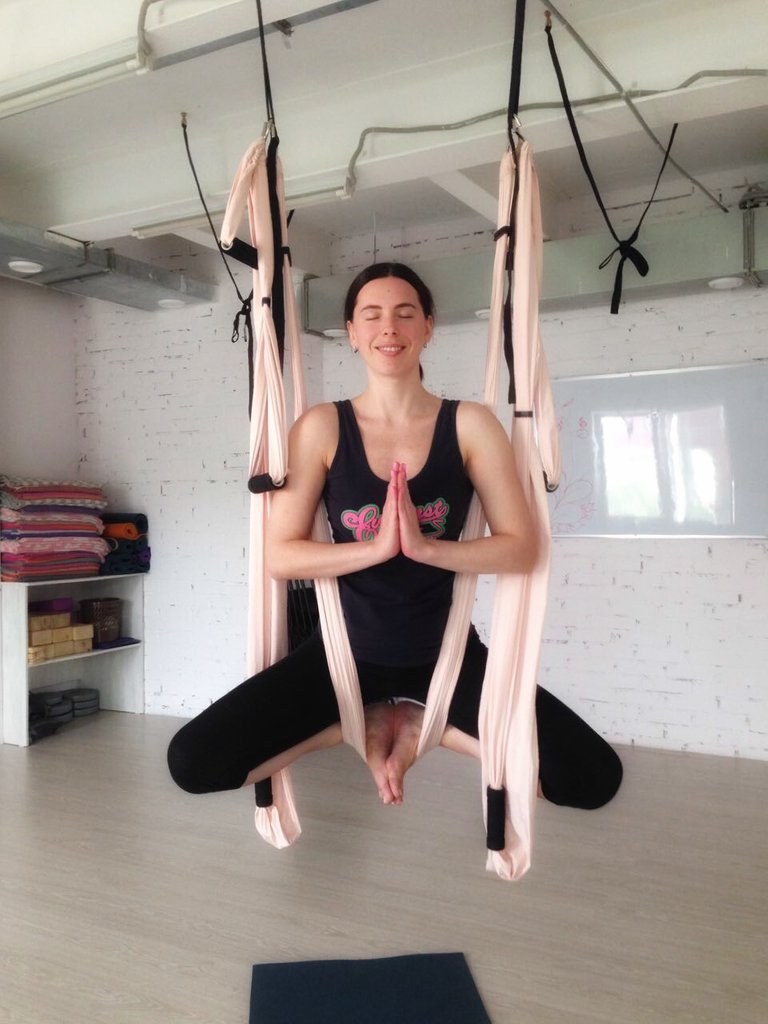
That’s why I love yoga:
- Yoga lowers stress and improve the mood: practicing breathing techniques on a yoga and meditation can also boost oxygen levels to the brain, leaving you feeling happier.
- Increases flexibility: it doesn’t matter how tight your muscles are as yoga asanas works by safely stretching your muscles. Yoga also stretches other soft tissue in the body such as ligaments and tendons, increasing the range of motion in the joints and allowing you to move around more freely
- Improve muscles tone and strength: Many yoga asanas have a profound effect on your upper body strength, any pose will strengthen an area of the body if it is practised in the right way, without putting too much stress on specific muscle groups.
- Benefits breathing and lowers blood pressure: If you practise yoga consistently, your lung capacity will increase as a result of the deep breathing process. Furthermore, meditation and calming yoga asanas slow down your heart rate which in turn lowers blood pressure.
- Protects your spine: If you've got a well-balanced asana practice , you'll help keep your disks supple.
- Drains your lymphs: When you contract and stretch muscles, move organs around, and come in and out of yoga postures, you increase the drainage of lymph. This helps the lymphatic system fight infection and dispose of the toxic waste products of cellular functioning
- Regulates your adrenal glands: Yoga lowers cortisol levels. Normally, the adrenal glands secrete cortisol in response to an acute crisis, which temporarily boosts immune function. If your cortisol levels stay high even after the crisis (because of stress), they can compromise the immune system. Temporary boosts of cortisol help with long-term memory, but chronically high levels undermine memory and may lead to permanent changes in the brain. Additionally, excessive cortisol has been linked with major depression, osteoporosis (it extracts calcium and other minerals from bones and interferes with the laying down of new bone), high blood pressure, and insulin resistance.
- Gives you inner strength: Yoga can help you make changes in your life. In fact, that might be its greatest strength.
- And more and more 💪🏻💪🏻💪🏻

My favorite types of yoga:
Hatha
By definition, hatha is a physical yoga practice, which is pretty much all yoga you’ll find in this hemisphere. One of the six original branches of yoga, “hatha” encompasses nearly all types of modern yoga. Today, classes described as “hatha” on studio schedules are typically a basic and classical approach to yogic breathing exercises and postures.
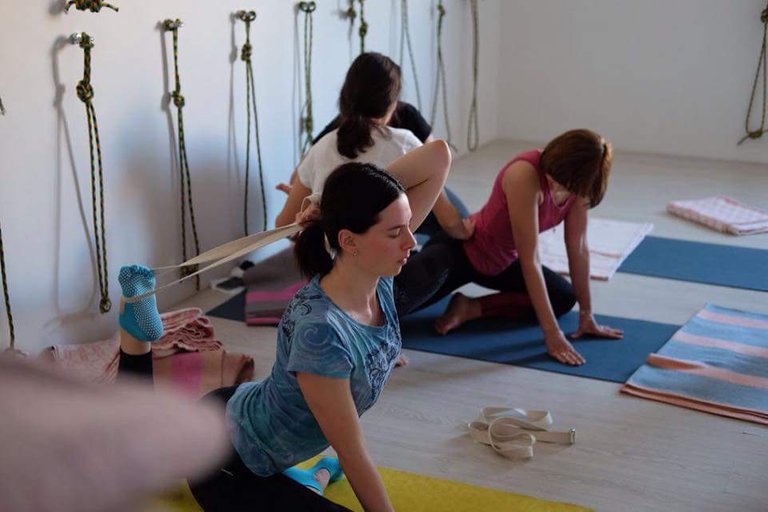
Kundalini
An uplifting blend of spiritual and physical practices, Kundalini Yoga incorporates movement, dynamic breathing techniques, meditation, and the chanting of mantras. The goal is to build physical vitality and increase consciousness.
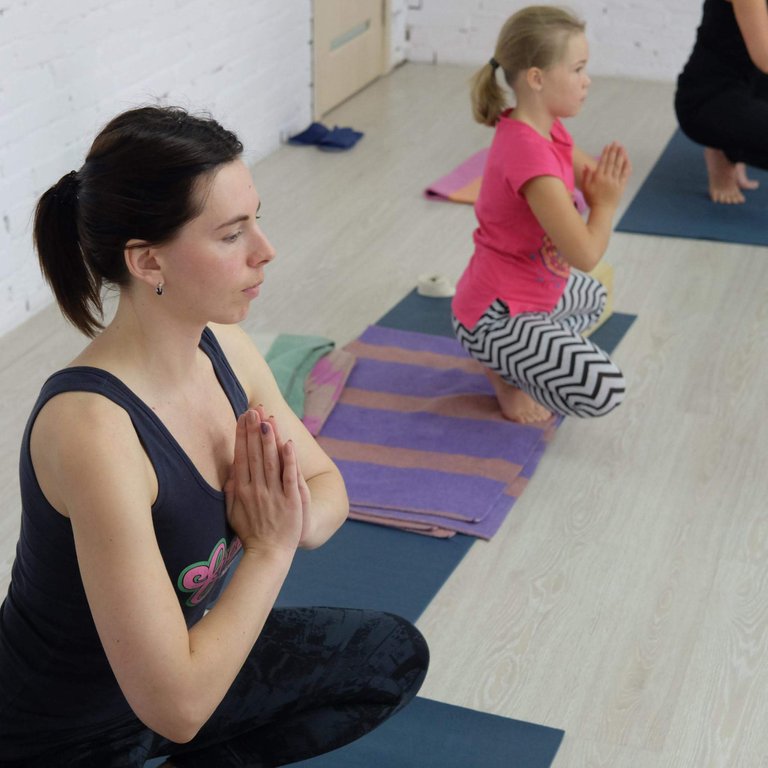
Aerial yoga
In aerial yoga, your body weight is supported by what most practitioners call a ‘hammock’. This swath of soft fabric, suspended from the ceiling, supports your body in the poses and allows your body to work against gravity, helping you get deeper into stretches. Aerial yoga is a relatively new exercise regimen inspired by aerial gymnastics, pilates, calisthenics, and yoga movements. While that might sound scary, it’s really accessible and quite similar to the yoga you do on a mat. Aerial yoga is a great way to mix up your usual yoga routine, and push your body to go deeper and be stronger in poses you’re familiar with from mat yoga. 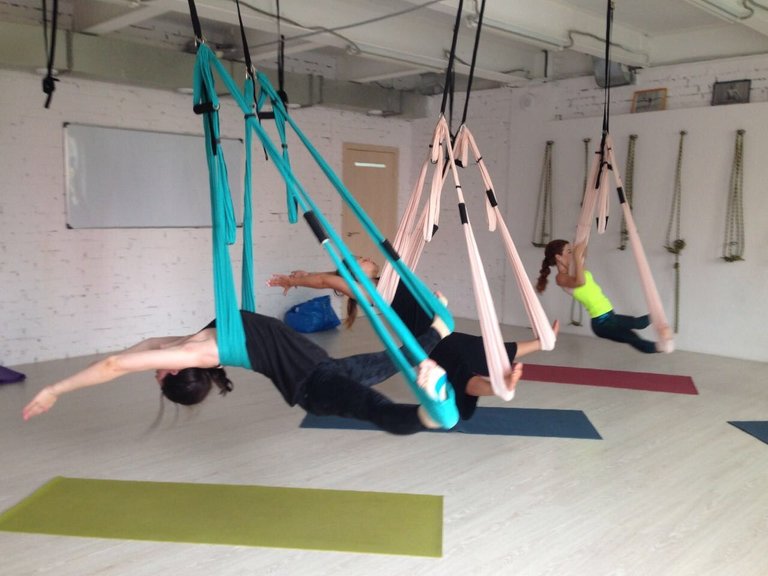
And there are many other types of yoga - more active or calmer on your choice.
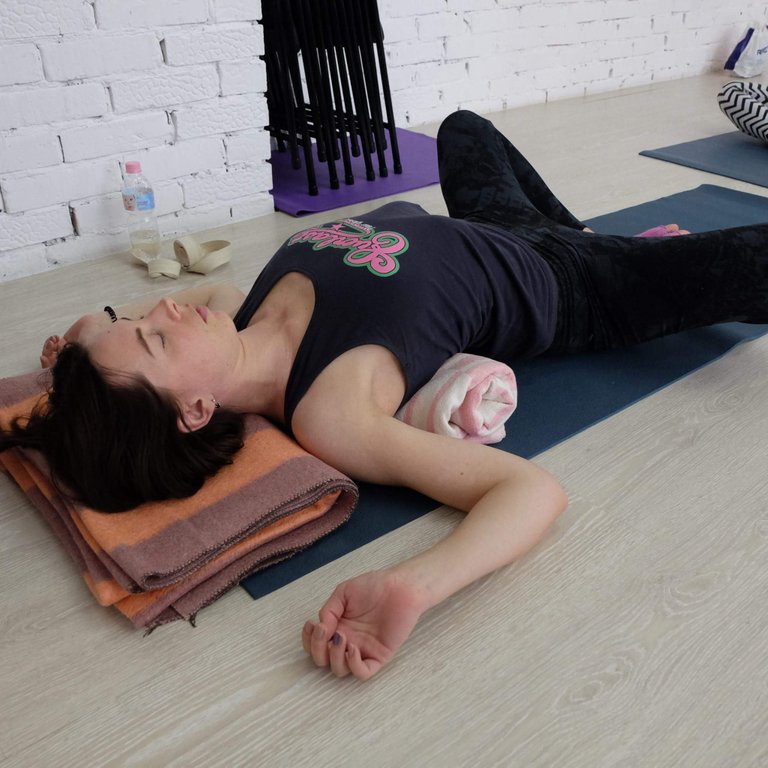
The beauty of yoga is that it can be practiced pretty much anywhere, on your own or with other yoga enthusiasts.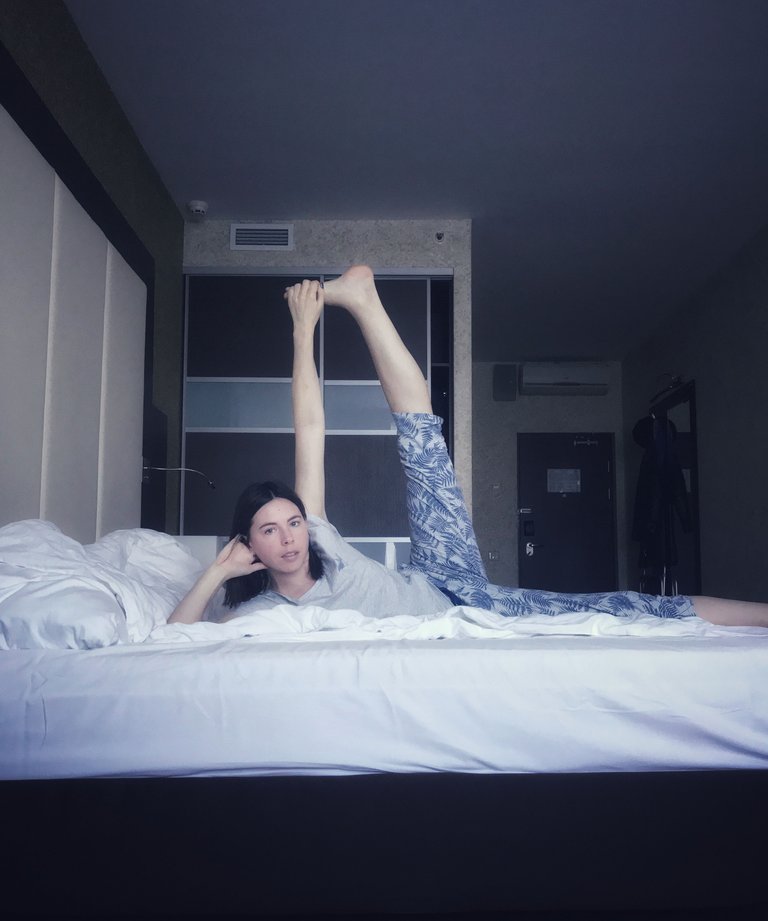
Sat nam 🙏🏻🙏🏻🙏🏻
@dolichka27 super!
@dolichka27 ты такая умница.
Спасибо 😊
@olgankhv27 right!
@dolichka27 cool and sporty!))
💋
You got a 10.14% upvote from @adriatik courtesy of @fareast-history!